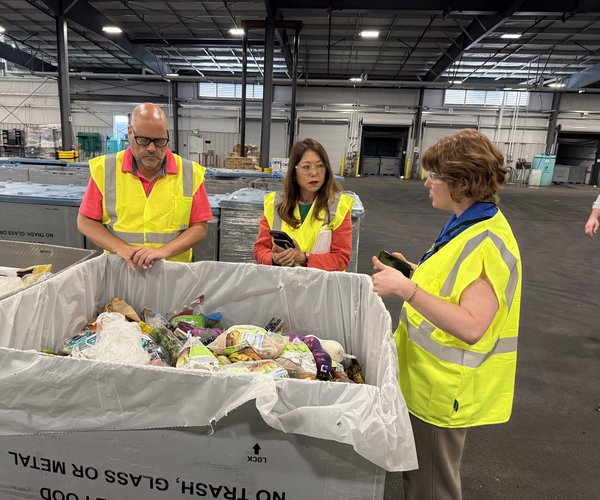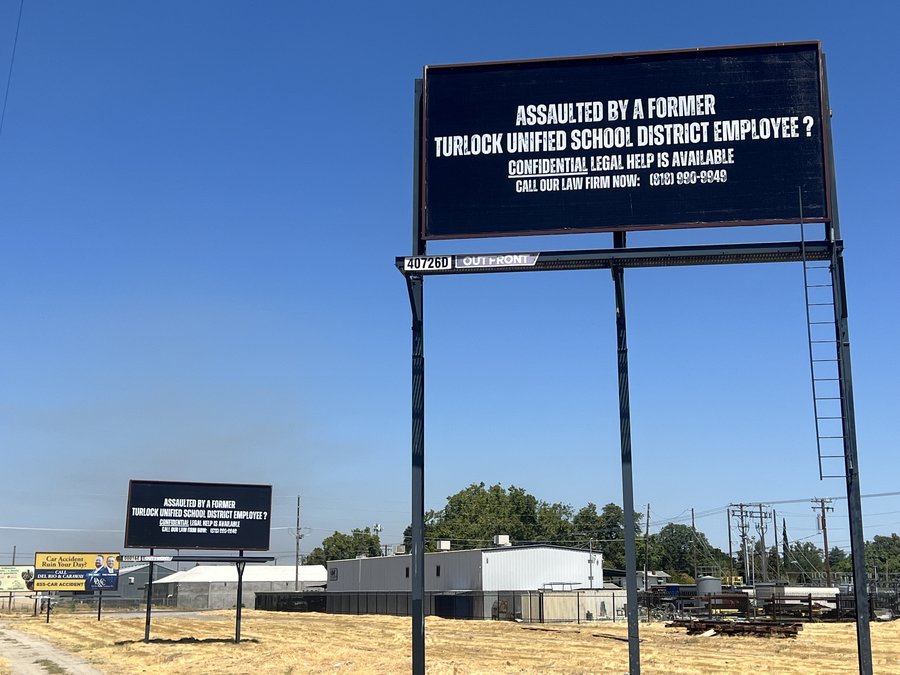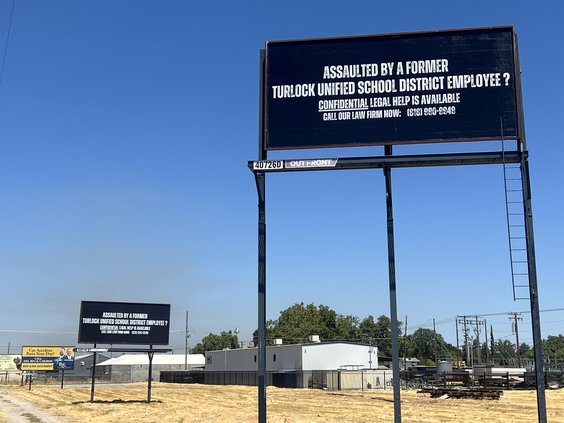DAIRY STATS
• California has been the nation’s leading dairy state since 1993, when it surpassed Wisconsin in milk production. California is ranked first in the U.S. in the production of total milk, butter, ice cream, nonfat dry milk, and whey protein concentrate. California is second in cheese production. (CDFA)
• California accounts for 21% of the United States’ milk production. In 2012, California produced 42 billion pounds of milk – more than one-fifth of the nation’s total production. (CDFA)
• Dairy farming is a leading agricultural commodity in California, producing $7 billion in annual retail sales in 2012. (CDFA)
• Milk is the top agriculture commodity for Stanislaus County, yielding $739 million in gross income in 2012 (Stanislaus County Agricultural Commissioner's office).
What happens to milk when it is left out of the refrigerator? It sours — similar to the current state of the dairy industry.
In 2013 alone, 11,000 jobs and over $1.4 billion in economic activity were lost in California due to the closure of 67 dairies — from 1,563 to 1,496 — according to the California Department of Food and Agriculture. Just 10 years ago more than 2,000 dairies were functioning in the state leading many stakeholders, such as California Dairy Campaign President Joe Augusto, to attribute the decline in part to the state’s nonparticipation in the Federal Milk Marketing Order. However, countless other reasons could contribute to the decline including the ongoing drought, which has hiked up feed costs as well an increase in the number of people selling their dairies.
“It’s kind of terrifying. Dairies are such a big part of California and the numbers are shrinking,” said David Jones of Jones Dairy, a third generation farmer in Stevinson. “It’s a hard lifestyle. There are long days and not a lot of people are willing to put in that time commitment. People are selling out all the time and without people willing to enter the industry other folks are using it as an opportunity to grow their business.”
While many dairies are shutting their doors, there is no reason to cry over spilt milk as the number of operations in California is seemingly indirectly proportional to the amount of milk produced. Since 2004, the state has produced almost 5 billion pounds more milk despite an overall loss of 534 dairies – an indicator that the California dairy industry is maintaining clout on the national scale.
So who exactly are the producers responsible for California’s milk production? Odds are they’re related since 99 percent of California’s dairies are operated by families.
“It has a way of getting in your blood,” said Jones, a Cal Poly San Luis Obispo graduate who returned to his family’s dairy several years after college.
According to Kris Costa, director of producer relations for the California Milk Advisory Board, the dairies that compose the other one percent are those operated through universities and prison programs.
The generational component of the dairy industry and agriculture in general is likely cause for the industry’s sustained presence in the state, but there is a growing concern on the national scale that not enough new blood is entering the industry.
"New and beginning farmers are the future of American agriculture," said U.S. Agriculture Deputy Secretary Krysta Harden in a statement released this month touting new resources to support next generation farmers. "The average age of an American farmer is 58 and rising, so we must help new farmers get started if America is going to continue feeding the world and maintain a strong agriculture economy.”
So, what is keeping individuals from pursuing a career in agriculture? According to Jones, it’s a communication issue.
“I think we have a PR problem. Throughout the whole industry there is a huge disconnect between the people who want to know where their food is coming from and the people producing it,” said Jones.
Attributing part of the miscommunication between the public and the industry to farmers’ characteristically private behaviors, Jones conveyed that the daily operations of farming tend to be all consuming. As an industry that is reliant on external factors such as weather and market prices, farmers are often left in a problem-solving position rather than a problem-preventing one. Add that to the fact that many farmers do not market directly to customers but rather sell their product to companies that manufacture, market and sell the product for them and the space between the cow and the consumer widens.
“It’s easy to get caught up in the daily operations and forget how important it is to convey to the public our roles. I think once we realize that as an industry and make the necessary effort we could see a big change,” said Jones.









